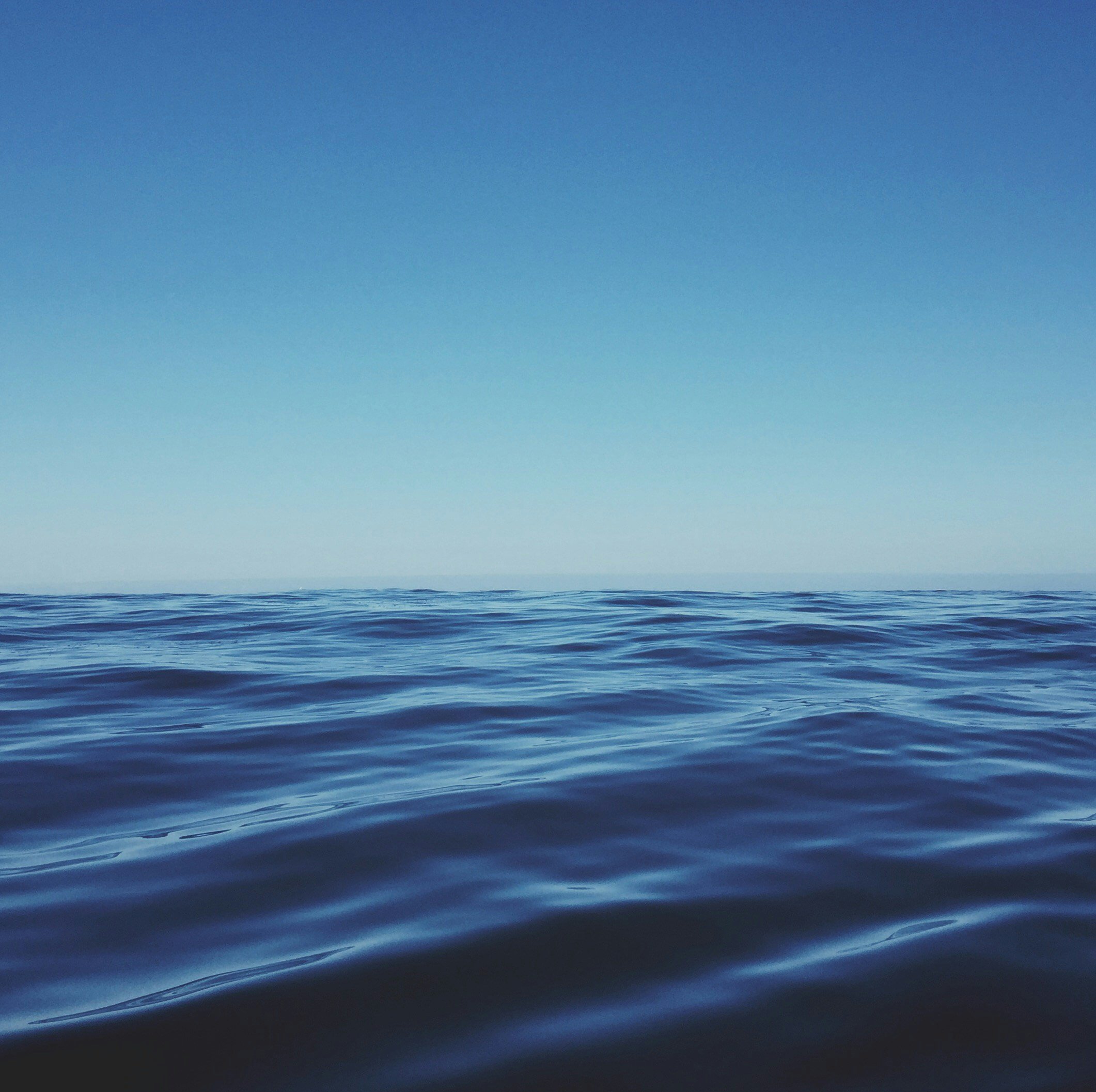
National Outfall Database
For the first time, Australia has a publicly accessible National Outfall Database - the NOD.
The NOD was developed by Clean Ocean Foundation in collaboration with all States and the Northern Territory, funded by the Federal government and is in conjunction with the National Environmental Science Program - Marine Biodiversity Hub.
192 Sites - 43 Authorities - 5 States and 1 Territory
-
Launched in 2015, the National Outfall Database (NOD) is a publicly accessible database which collates information regarding the location of Australian ocean, coastal and estuarine outfalls - their flows, pollutant levels and loads.
This data is provided by sewage treatment corporations (in most cases wholly owned by state governments).
We work collaboratively with States and the Northern Territory to ensure the NOD data is accurate and scientifically valid.
An ocean outfall is a set of infrastructure (pumps, pipes & diffusers) that connects land-based wastewater treatment plants, stormwater and other waste that is discharged, treated or untreated into the marine environment.
-
To maintain a nationally consistent and comparable scientific database on Australian ocean outfalls.
To contribute to the development of a national standard for reporting on Australian ocean outfalls.
To provide centralised data to help inform the development of government policy, decision making and outfall reforms.
To improve the shared understanding about current sewage infrastructure, its benefits & constraints in treating waste water and to inform planning priorities.
To use the data in addressing particular issues regarding potential health and environmental impacts of sewage outfalls, specifically in areas of recreational water use.
To allow communities the opportunity to become engaged and informed about sewage systems, treatments types, and the potential impacts of sewage outfalls.
-
All information is collated from various sources including Annual Reports, the National Pollution Inventory, Environmental Protection Authorities (state based and national), Australian Bureau of Statistics and other authorities.
-
The NOD captures the location of each ocean outfall via GPS, the size of the outfall, outfall license number, water authority manager and estimated serviced population (how many peoples waste goes through this outfall).
Currently there are over 30 indicators recorded in the NOD including E.coli, nitrogen, phosphorous, turbidity and pH levels.
-
If you or your local community group would like work with us:
in developing a regular monitoring program around outfall sites
to ensure NOD Data is accurate and up to date
to understand the impacts to affected marine areas in relation to the distance from outfall sites
Please contact us here.
-
2015 - Media Release - The Hon. Greg Hunt MP - NOD Launch
“Good policies and decisions about waste water issues require the best available scientific information to
prioritise development for the benefit of community and the environment. We can all be a part of the discovery and understanding the impacts of sewage, if we are well informed.”

